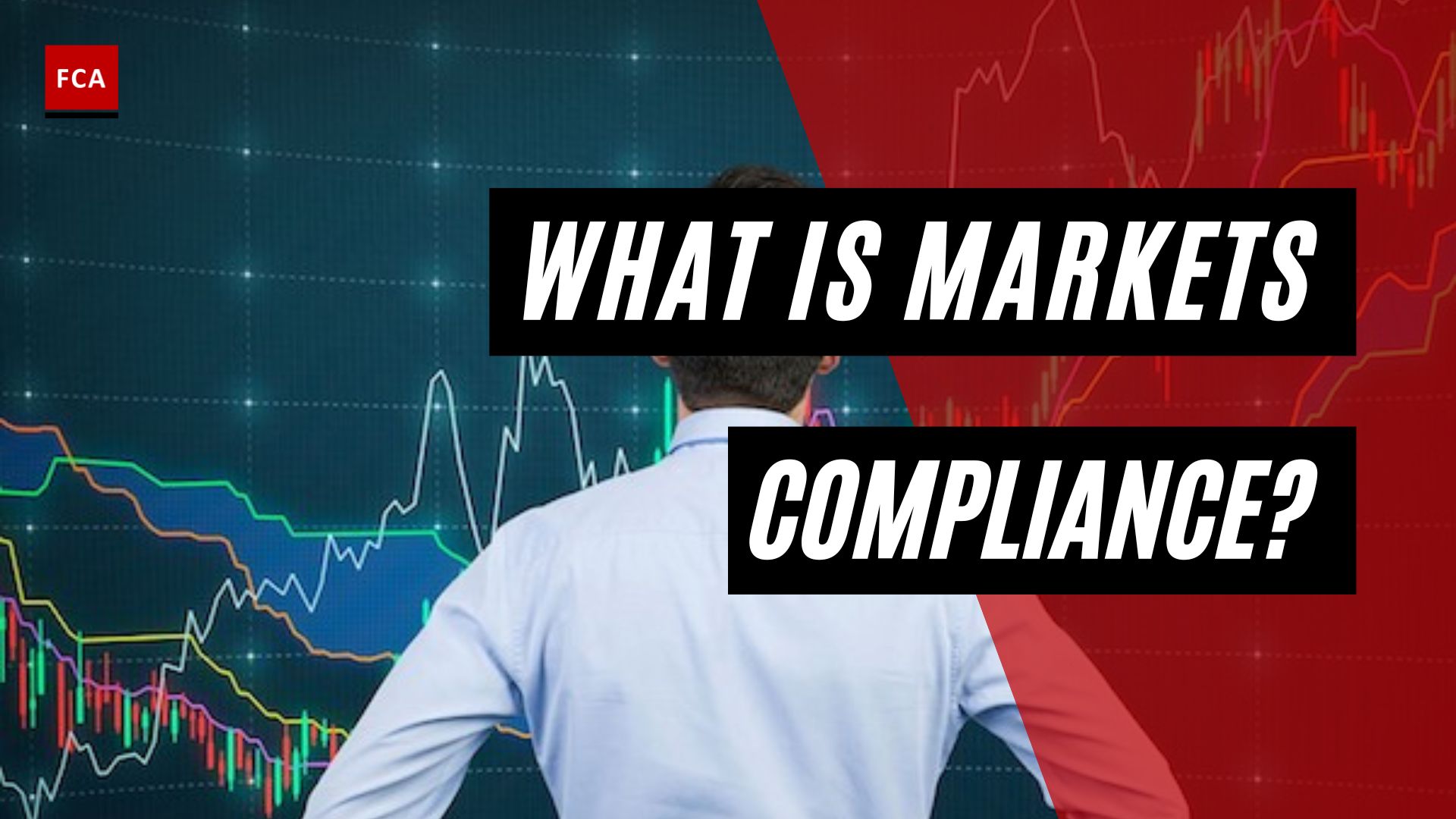Ad-hoc publicity is prohibited and may be made by the investors or insiders to obtain the ownership or control of shares or stock of the desired companies. Insider trading undermines the confidence of potential investors in the securities markets, therefore, nearly every jurisdiction has enacted legislation prohibiting insider trading, and encourages overseeing the activities of the employees, and management.

Ad-Hoc Publicity
The hype is created regarding the share to the public, to generate artificial interest in the relevant share or stock, and to cause the price to rise. These are done using the internet, spam email. and faxes. Various methods are used for Ad-hoc publicity, including spam, where mass unsolicited e-mails are sent to the targeted audience, to gain their interest.
The newsletters covering the details, and information of the shares or securities may be created, and mass mailed to the targeted audience, to spread false news or fake analysis. The website coverage may be made where information is published on famous websites about the shares or stocks. The investor relations with an internal employee or external consultant responsible for the coordination of promotional campaigns and issuance of press releases are directed to engage with the potential investors, to spread fake information about the securities, and shares of particular companies. The online ads may be run on reputable websites.
A company or promoter puts out a press release announcing some form of market-moving news that is not true or without a legitimate basis. For example, it is claimed that a significant transaction, contract, or business deal is made or a claim of an invention, patent, new product, or license for a certain technology is made. False news of financial claims is released, such as record earnings, revenues, or sales. Further, an independent adviser or analyst may publish an analysis regarding the company recommending the share as a “must buy” or “hot buy”. In reality, the analysis may be paid for by the insiders or promoters but this payment is usually not disclosed.
Factors To Consider If The Information Can Be Made Public
During the ad-hoc publicity, there remains the risk of a leak of confidential or inside information. Certain factors are considered, to determine whether or not the inside information has been made public, such as:
- whether the information has been disclosed to a prescribed market or a prescribed auction platform through a regulatory information service or RIS or otherwise following the rules of that market;
- whether the information is contained in records that are open to inspection by the public;
- whether the information is otherwise generally available, including through the Internet, or some other publication (including if it is only available on payment of a fee), or is derived from information that has been made public; and
- whether the information can be obtained by observation by members of the public without infringing rights or obligations of privacy, property, or confidentiality.
Ad-hoc publishing may also be used for short trading manipulation. The term ‘short trading or selling’ carries significantly different meanings in different jurisdictions.
Market Practices
In some jurisdictions, ‘short selling’ is defined in the law or the rules. For example, short selling is only allowed in some jurisdictions if it is a ‘covered’ short, that is the seller has borrowed or made a provision to borrow the securities before the sale is executed. On the other hand, rather than defining ‘short trading or short selling’, some jurisdictions spell out what constitutes ‘prohibited’ activity about short selling. For example, in some markets, prohibited short trading refers to ‘naked’ short trading or short selling, i.e. a short sale transaction where no prior arrangement is made to cover the short trade or sale.
Market practices also vary in different markets. There must be a common understanding of what constitutes short trading activity. Short trading or short selling may be subject to appropriate controls, to reduce or minimize the potential Ad-hoc-publicity risks that could affect the orderly, efficient functioning, and stability of financial markets.
Final Thoughts
Price-sensitive facts, such as financial figures, staff changes, and planned mergers, are covered by the ad hoc publicity obligation. Because there is no comprehensive list of events, the listed company must decide whether or not to make an ad hoc announcement. Annual and interim reports, as required by Art. 49 and Art. 50 LR, must always be published with an ad hoc announcement as required by Art. 53 LR.









